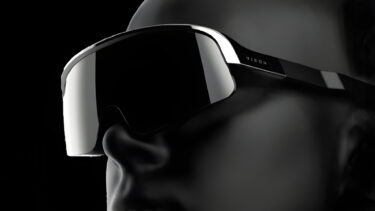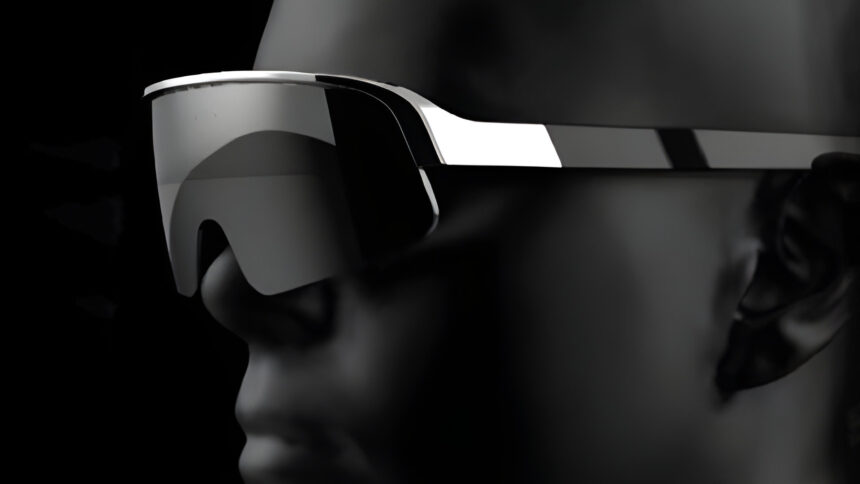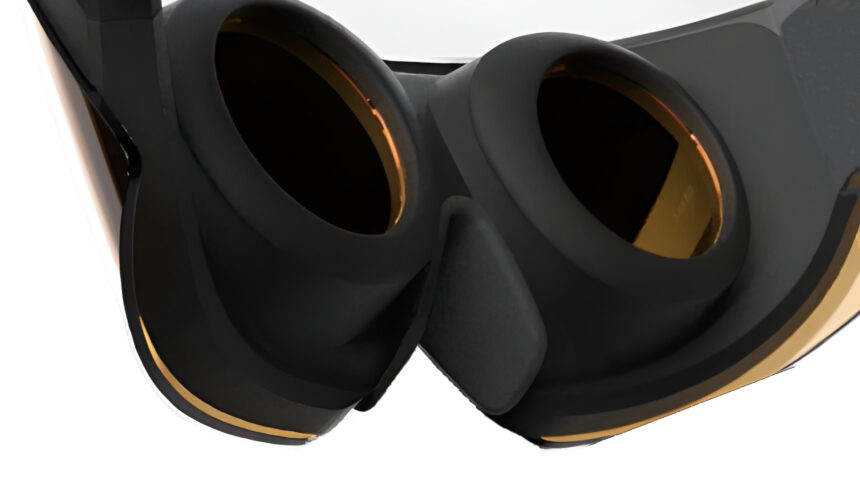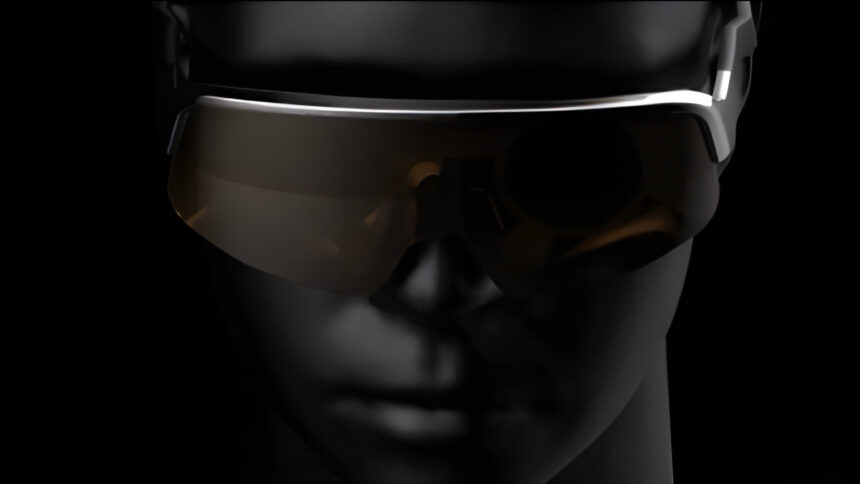Immersed Visor next-gen XR headset is unlike anything we've seen

Immersed's Visor headset leaked two days ago. Now that it's official, it still sounds unbelievable — super lightweight, ultra-high resolution, wide FOV, and more.
Partnering with Intel, Qualcomm, and "an undisclosed AR/VR tech giant," Immersed announced an XR headset today with impressive specifications coming in 2024. Full details are not yet available but Immersed shared enough about the Visor to grab our attention.
Spoiler alert, the Immersed Visor is designed for work. More on that below.
Immersed Visor specifications
A few specifications stand out: twin 4K microOLED displays, six-degrees-of-freedom (6DoF) tracking, 100-degree field of view (FOV), and HD color passthrough that's "higher resolution than what's available on the market."
Immersed Visor is beginning to sound similar to Apple's Vision Pro headset in some respects. MicroOLED technology suggests vivid color and deep blacks. Densely packed displays should be super crisp. Based on this information, it should have a significant advantage over most other VR headsets regarding image sharpness and contrast.
Immersed's Visor renderings look like AR glasses. It even has earpieces instead of a head strap, although a backstrap is included.

Immersed Visor render, being worn, side view. | Image: Immersed
The weight is also closer to smart glasses. Immersed claims the Visor will be 25% lighter than your phone. Modern phones are larger and, therefore, heavier than ever. Even if we estimate Immersed means a chunky phone, the Visor would be about 200g (7oz).
Immersed says the goal is to make a purpose-built headset designed for work. The Visor will be custom fit, with the exact IPD to match the owner's eyes and light blockers of the appropriate size.
Not a VR headset
Immersed is a VR desktop app developer, not a hardware designer. That's unusual but not unheard of. Bigscreen VR made a streaming video app but went on to design the tiny, yet potent Beyond PC VR headset.
The Visor is also remarkably small and lightweight, with impressive display specifications. It won't have a custom-molded facial interface like the Bigscreen Beyond. Official renders of the inside of the Visor appear closer to binoculars than a VR headset.

Immersed Visor render, inside view, showing light blocker. | Image: Immersed
Rather than sealing to your face, the Visor's light blocker seals around the eyes. That's an interesting approach that makes the headset less bulky and simplifies the design. Eye shape might be more common among people than face shape.
We don't yet know if Visor will support controllers or hand tracking. Prescription lenses will be available.
Not AR glasses
Despite the mention of a high-resolution color passthrough in a glasses-like design, these aren't AR glasses. The 100-degree FOV is more than double that of smart glasses like Xreal Air.
Since the wearer is looking at an opaque display, blacks will be solid black rather than translucent as they are with smart glasses.
Tethering to a computer is possible but not required. You can also connect wirelessly. Battery life is unknown, but it seems the intention is to use the Visor with a computer connection.
The Visor is for work
These details sound intriguing, but before we get too excited, remember that Immersed's Visor is designed exclusively for professionals that spend countless hours working in VR.
Unlike Meta's Quest Pro, which was really just a fancy Quest 2 headset, Immersed is optimizing the Visor to run its VR desktop app, not to be a general-purpose mixed reality headset.
Compared with running Immersed on a Quest Pro or Vive XR Elite, Visor will cut launch times to seconds, performing more like a dedicated display than a remote desktop.
Immersed isn't building an app store for Visor and there is no operating system. It runs the Immersed VR app for optimal speed and ease of use.
That might sound fine to dedicated Immersed users but could be quite limiting. Immersed went on to say an SDK might allow additional apps at a later date.

Immersed Visor render, being worn, front view. | Image: Immersed
The Visor will be compatible with Snapdragon Spaces SDK and use an onboard chip to process tracking. Immersed is working with Intel to refine computer connectivity. The unnamed AR/VR tech giant will "help with manufacturing and channel sales at scale."
The price is yet to be determined, but this isn't meant for consumers or gamers. With its high-end display hardware and work-focused design, Immersed is targeting enterprise and professional users. You won't be deciding between the Visor and the Quest 3. They have entirely different markets.
The office of the future can become more mobile without sacrificing screen space. Immersed Visor will support Windows, Mac, and Linux laptops and computers, delivering five or more virtual screens in a compact headset you can carry in the palm of your hand.
Note: Links to online stores in articles can be so-called affiliate links. If you buy through this link, MIXED receives a commission from the provider. For you the price does not change.